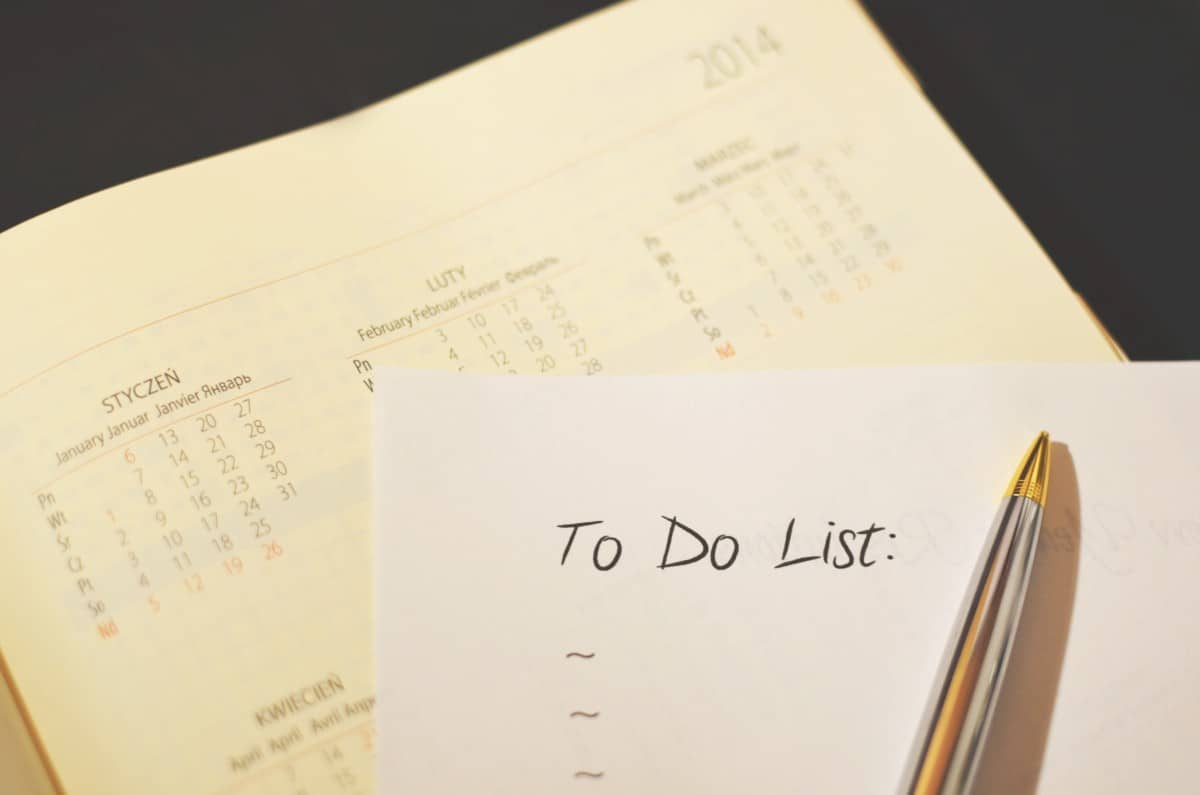For a language as complex as Japanese, getting ideas that will help the learning process comes in handy. Becoming fluent in the Japanese language solely depends on you and how invested, you are in the process. It is one thing to have an idea for learning and another thing to strictly follow the ideas for better results. Well, I assure you that if you can follow the ideas that are discussed in this article, then you are on your way to becoming better and achieve fluency in the Japanese language.
1. Don’t skip the process
As we are all aware, learning is a process that should be followed accordingly if we must achieve the best results. Imagine if you had skipped grade school and jumped straight into high school. There is definitely no way you would have coped with the syllabus unless you went back to learn what you had previously skipped. This is the same with Japanese. Start with the basics and work your way up to the most complex. The basics are the foundation you will build on because it will make it easier to understand even the most difficult aspect of the Japanese language.
2. Create study goals
Your goal is the bridge that will connect your present to your future. Your study goals will help keep you in line and accountable at all times. Setting goals for how you want your life to be in the nearest future is an amazing idea that will keep you in track and ensure you work towards achieving them. This can be applied to every aspect of your life. I believe you must have heard people talk about their business goals, fitness, or weight goals as well as relationship goals. Well, it is the same with setting study goals. Learning the Japanese language without study goals may not be as effective as you want it to be. You can set both long term and short term goals. This way, you will be motivated to work through them. For example, your long term goal may be to achieve near-native fluency in the Japanese language within the next 5 years, while your short term goal may entail being able to order food in a restaurant in the Japanese language within the next 3 months. These are all beautiful goals that will motivate you to work towards achieving them at the stated period.
3. Start with the basics
As earlier stated, don’t skip the process. What are the basics? You may ask. Well, the basics are the Japanese vocabulary and syllabus. It’s more like learning the alphabets first and then moving on to learn words before you learn how to put the words together to form sentences. Learn katakana and Hiragana first before you move on to kanji or even try to speak like the natives. Katakana and Hiragana both have 46 characters each. If you set 2 hours to learn them on a daily basis, you’d be surprised at how quickly you’ll become familiar with them and how easy memorizing them can get.
4. Kanji is useful too
Just like Hiragana and Katakana helps you learn the Japanese syllabus, kanji helps you understand the Japanese writing style. What use will it be if you can speak and pronounce Japanese words but can’t read or even identify them when you come in contact? Kanji is one of the Japanese writing styles, with over 50,000 symbols having different pronunciations and representing one or more words. Learning kanji requires utmost concentration and attention because a slight mistake may change the entire meaning of the symbol as well as the sentence where it is used. Do what you need to do to achieve those study goals of yours because they are valid.
5. Join a class or get a teacher
Although most Japanese language students prefer to self-study, hiring a teacher, or joining other students in a Japanese class isn’t a bad idea. In fact, it is shown that you’ll learn twice faster if you have a teacher guiding you through your learning process. If you join a class, you will be able to learn from the mistakes of other students and get corrected when you make a mistake too. Another benefit of joining a class is that you will have people with whom you can study and speak the Japanese language.
6. Surf the web
There are so many materials made available online to help your Japanese language learning process. Some of these materials are free, while others may require that you pay a fee before you can access them. These materials may be in text forms, videos, audios. Go for the one you are most comfortable with, and you can easily learn from. Take your time to surf the web and scout for suitable and adequate Japanese language learning materials. You’ll be surprised at the number of materials available to you.
7. Make podcasts your best friend
Podcasts are your on-the-go Japanese language learning material. You don’t need to be in a ‘settled’ state or position to listen to a podcast. Whether you are walking down the road, doing house chores, on a train, or even on a public bus, you can easily bring out your phone, connect your earpiece or headset and start listening. Podcasts will help develop your listening skills, which is also an important factor in achieving language fluency. Also, podcasts are easy to get online. However, some of them are free while you need to pay to access others. But one good thing about buying podcasts is that you must not buy the entire course, you are at liberty to choose which one you are interested in, and pay for just that one. Learn Japanese Pod, the Japanese page, japanesepod101, and NHK world are all podcasts you can listen to learn the Japanese language.
8. Don’t get caught without flashcards
Just like podcasts, you can easily use flashcards to learn anywhere and everywhere you find yourself. These materials come in handy as they are available both in physical and digital forms. In order to use flashcards effectively and benefit from them, create a list of the words, symbols, or vocabulary you want to learn, transfer them to your flashcards, and go over them with every given opportunity. Flashcards use a spaced repetition system (SRS) to keep you in contact at intervals with the words you have imputed in them. This will ensure you are able to memorize them even without sitting down to study them. For digital flashcards, you can check out FluentU, study stack, Anki, Flashcard machine, among others.
9. Videos are not a bad idea
YouTube is an exciting platform with enough Japanese language learning materials. It doesn’t matter what your study goals are and what you are looking for; you will find them on YouTube. With so many native and non-native but fluent YouTubers making videos to help people like you achieve fluency, it will be unwise not to utilize the opportunity to learn from others who have been where you are now. Other video options you can use to learn the Japanese language are movies, talk shows, and animes. The people in these videos speak well and fluently. Hence, watching them from time to time will help you learn better.
10. Check out the language exchange programs
There are various apps for this purpose. The idea behind language exchange programs is to connect you with someone who wants to learn your native language just as you are looking to learn theirs so that both of you can effectively teach each other. You get to learn how the real Japanese is spoken by speaking with a native, make new friends as well as get new connections, and also learn about the Japanese culture in the most fun way. It is absolutely fun to teach others what you know and learn from them as well. Apps like Tandem, Hellotalk, Doongle, Italki, HiNative, among others can help you achieve this.
11. Listen more
Listening is a skill that you must develop if you really want to achieve fluency in the Japanese language. You only learn to listen when you practice listening. You may say, “but I know how to listen because I’ve been doing that since I was born.” I’m glad to let you know that listening is far from hearing. Just because you hear sounds and understand what they mean doesn’t mean you know how to listen. In order to listen, you must put your undivided attention into whatever or whoever you are listening to and try to understand the message that is conveyed.
Learn to listen actively and not passively. Who do I mean by this? When you listen actively, you will ensure to practice what you hear either by repeating it over and over or writing it down to make sure it doesn’t skip your memory. But when you listen passively, there are no other learning actions following the listening process. You just listen, and that is it. Also, when listening, you are at liberty to listen repeatedly until you have an understanding of the conveyed message.
12. Speak at every given opportunity
Listening and speaking work together. If you don’t listen to how words are pronounced and learn how to use them well in sentences, how then do you expect to speak the right thing right without sounding like a clown? Even though you spend more time reading and writing, you still need to create time to practice and develop your Japanese language speaking skills. Speak the Japanese language to your friends and family even if they don’t understand what you are saying. If you are opportune to visit Japan, live among natives, or have a Japanese community nearby, indulge the natives by speaking the Japanese language to them. You will get corrected if you make a mistake, and this is how you will slowly but steadily develop your speaking skills. Also, when you watch Japanese videos or listen to podcasts or even listen to your favorite Japanese music, shadow the speakers by repeating what they say.
13. Practice makes perfect
If you learn anything and don’t practice it for a while, there is a tendency that you will forget what you have little by little until you are left with just the idea of knowing what to do but not really sure how to go about it. It is only through constant practice that you will master what you have learned. Don’t relent and relax just because you know your Hiragana and Katakana or can order a dish correctly from your favorite Japanese restaurant. Strive for more knowledge and practice as often as you can.
14. Slow and steady wins the race
Since learning is a process, the idea is to follow each step slowly and steadily for the best results. Start with your kana, move to kanji, and learn to pronounce each kana and kanji well, listen to how they are used in various contexts, and try to use them too in the same or different context. Just keep going even if it seems like the process is slow. It will begin to add up and make sense to you after a while. Remember that it takes an average of 88 weeks to reach general proficiency so, don’t expect it to happen in just one month.
15. Enjoy the process
If you don’t find a way to make your learning process fun while you are at it, then you may as well just stop learning. Discover the most fun and suitable technique for you to learn and indulge it regularly. I’m not saying you have to play all through, but at least find a balance between seriousness and fun so that you don’t lose yourself in the process.
Now that you are braced with these ideas to help you learn the Japanese language effectively, I hope you consider it as an adventure and enjoy the process even till the end. Consistency, persistence, perseverance, and motivation are what will help you achieve your study goals.
Good luck!


